In the vast collection of Montreal’s McCord Museum there sits three glass-enclosed displays, each containing artificially rendered scenes of dried plants and animals carefully arranged to look as they did when they were alive. Rather than simply seeing these nineteenth-century artifacts as relics of a time gone by, artist Meryl McMaster sees reflected in these displays a persistent human desire: to assert control over nature, time and history.
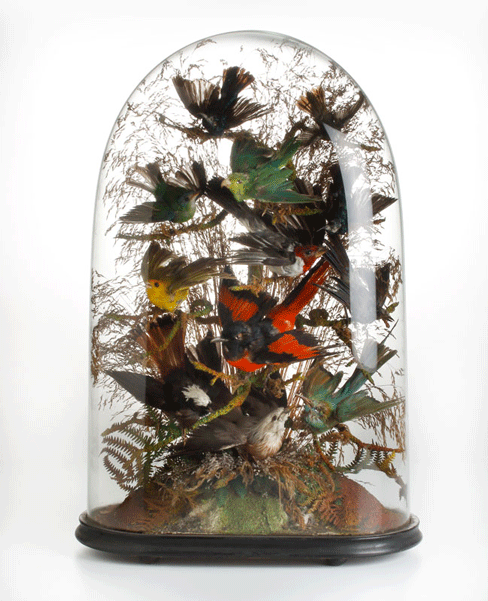
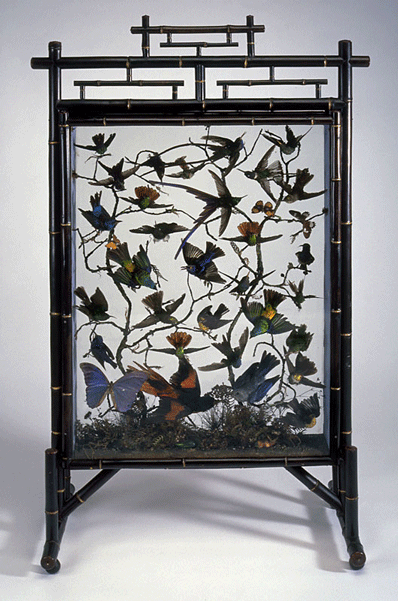
In her solo exhibition There Once Was a Song, McMaster uses these artifacts as a jumping-off point to explore this notion further, reflecting upon the modern world’s troubled relationship with the earth that sustains us.
Reexamining how we view ourselves in relation to nature is a critical first step in developing more sustainable practices for the future. According to the United Nations, whose Sustainable Development Goal for Life on Land calls for the restoration and protection of nature, humans have drastically altered nearly 75 percent of the earth’s surface, consequently endangering wildlife and devastating the environment as we deepen the divide between ourselves and the natural world. Through her exhibition, McMaster sheds light on the attitudes and historical developments that have led us to this point.
There Once Was a Song marks the end of McMaster’s participation in the Artist-In-Residence program at the McCord, during which the museum invites artists to critically engage with their material collection, encouraging them to present the objects from a new perspective.
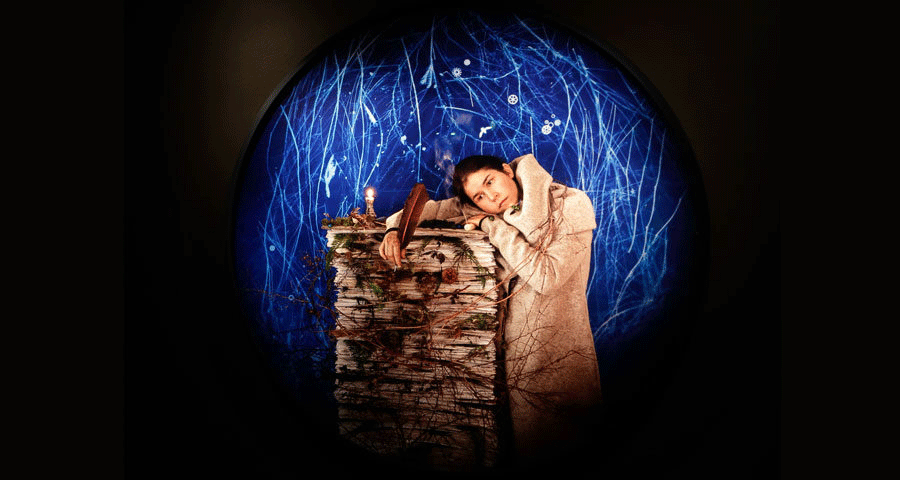
Upon discovering the glass bell jars, McMaster was immediately struck by the beautiful animals and insects, once living but now forever frozen in mid-flight.
“I wonder why we have this need to control nature and to bottle it up,” she says. “This made me think about how we have this troubled relationship and connection with nature and history.”
One of the pieces made in response to this observation is an installation consisting of a dead starling surrounded by a continuously looped video of birds flying and singing in the sky, just as the birds in the glass displays once did. The poetically juxtaposed images bring to mind themes of life and death, reality and fiction - the contrast of which helps to illuminate a deeper meaning behind the bell jars.
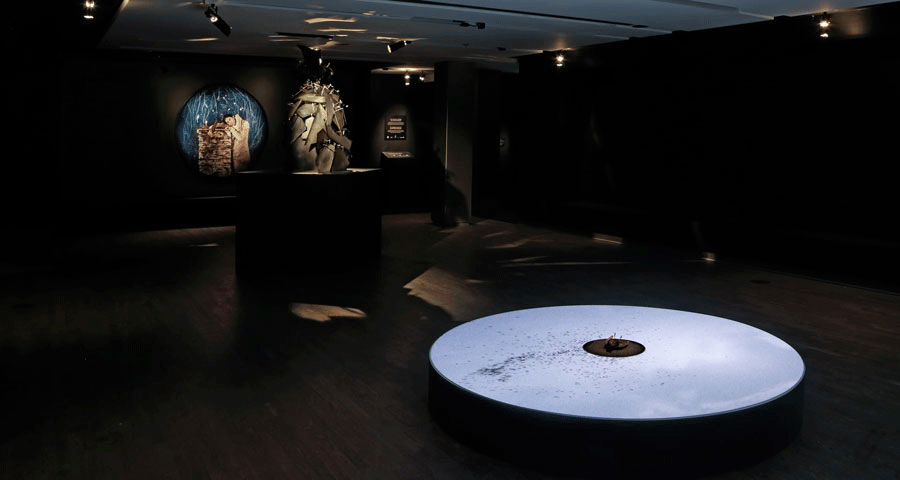
Curator Helène Samson reflects upon McMaster’s choice of artifacts and the duality that runs throughout the exhibition, saying: “The objects Meryl found in the collection are fascinating because they expose two seemingly incompatible aspects of human behaviour: the enjoyment of seeing birds fly and hearing them sing and the desire to preserve them under glass.”
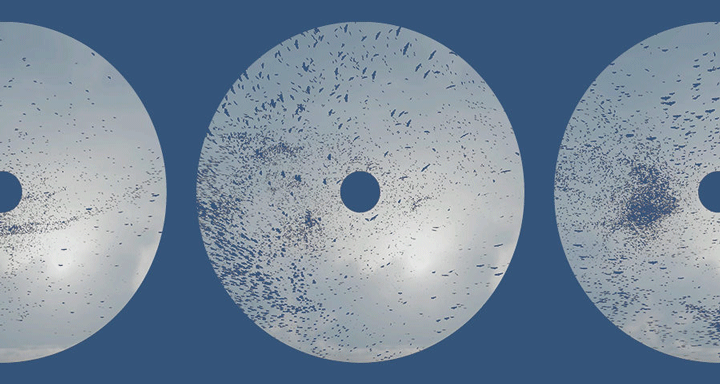
Looking through the museum’s collections, McMaster, who is of nêhiyaw (Plains Cree), British and Dutch heritage, sees a parallel between the treatment of nature and the treatment of Indigenous peoples. As Curator of Indigenous Cultures Jonathan Lainey explains, the way museums collected (or rather, stole) and displayed Indigenous material culture perpetuated the belief that Indigenous people, considered to be ill-suited for modernity, were disappearing.
“This phenomenon inevitably helped freeze Indigenous cultures in time,” says Lainey, underlining the desire to control and put on display that has harmed both the natural world and Indigenous peoples.
For McMaster, the path to mending our relationship with nature begins with the traditional knowledge passed down to her by elders, who taught her to see nature as a beautifully continuous cycle in which we are all a part of.
“The exhibition in many ways is about this lesson,” she concludes. “The works show efforts to control nature and prevent time from passing by. Instead, I think we should look for knowledge in the world around us and accept our role in the passing of time.”
To learn more about McMaster’s work and upcoming projects, see her website.
